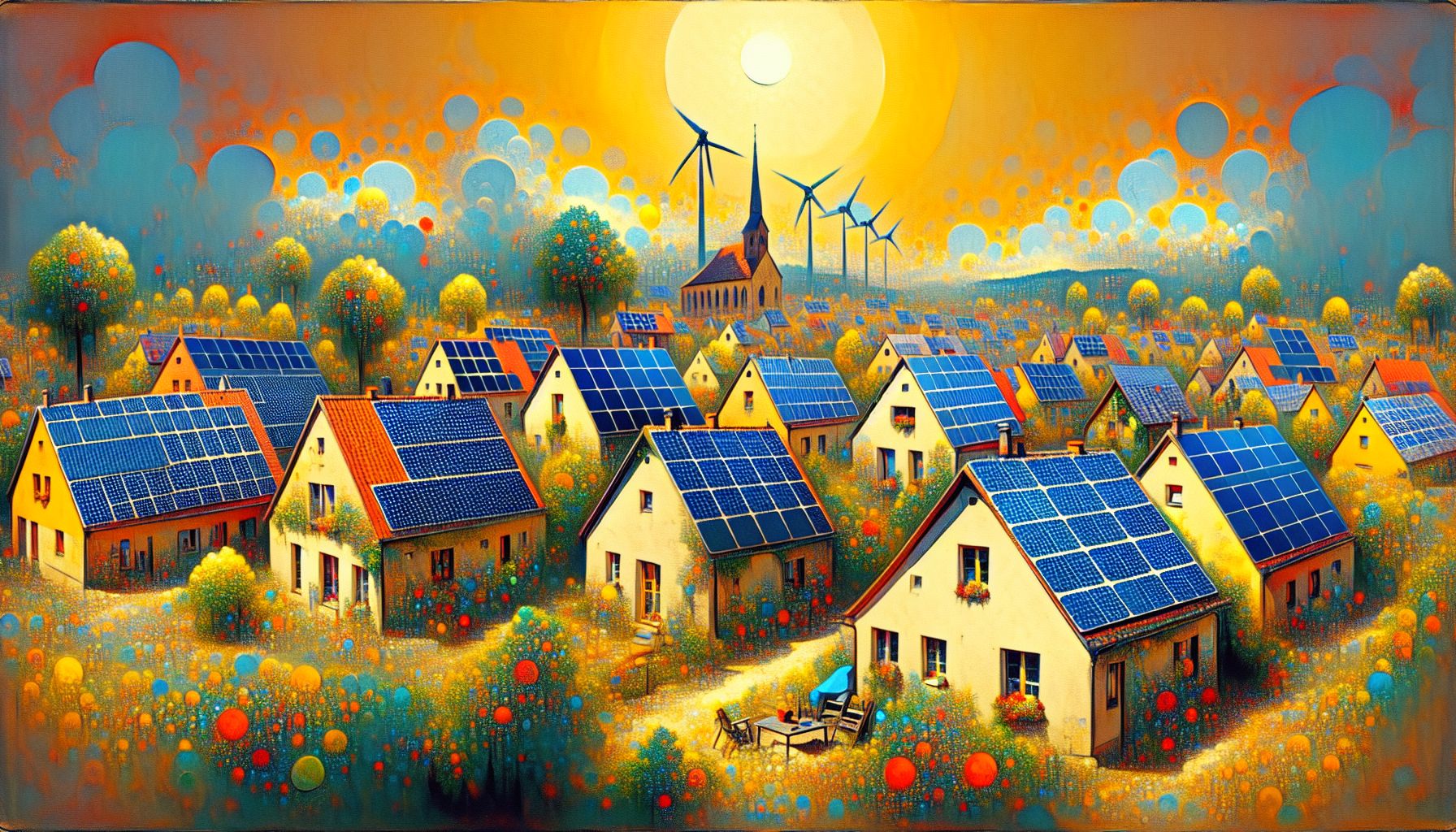Germany's Solar Revolution: DIY Panels Empower Homeowners

Berlin, Monday, 29 July 2024.
Over 500,000 plug-and-play solar systems have been installed across Germany, driven by affordable prices and relaxed regulations. This grassroots movement is significantly contributing to the country’s climate change efforts, with nine gigawatts of new photovoltaic capacity added in early 2024.
Empowering Homeowners
The surge in DIY solar installations is giving everyday Germans the power to generate their own electricity. Plug-and-play solar panels are particularly popular in urban areas, where balconies serve as the perfect platforms for these compact and efficient systems. At a cost as low as 200 euros (approximately $217), these panels are accessible to a wide range of consumers, making green energy a viable option for many households[1].
Ease of Installation
One of the main attractions of these solar systems is their simplicity. Unlike traditional rooftop installations that require professional installers and complex setups, plug-in panels can be easily mounted by homeowners themselves. As Waltraud Berg, a retiree from Berlin, aptly describes, ‘You don’t need to drill or hammer anything… you just hang them from the balcony like wet laundry in Italy.’ This ease of use is breaking down barriers for many who previously found solar energy to be out of reach[1].
Widespread Adoption
In the first half of 2024 alone, Germany added approximately 220,000 photovoltaic (PV) devices, contributing to a total of over 500,000 plug-in systems installed across the country. This rapid adoption is a testament to Germany’s strong solar culture and the effectiveness of recent regulatory changes designed to facilitate the deployment of renewable energy technologies[2].
Policy and Market Support
The German government has played a crucial role in this solar revolution. Relaxed laws have made it easier for residents to install solar panels without the need for extensive permits or professional assistance. Moreover, subsidies of up to €500 are available in cities like Berlin, significantly reducing the initial investment required. These financial incentives ensure that the systems are not only affordable but also economically viable, often paying for themselves within three years[2].
Environmental and Economic Impact
The environmental benefits of these solar panels are substantial. By enabling a larger segment of the population to participate in energy production, Germany is making significant strides toward its climate goals. In addition to reducing carbon emissions, these panels also help in decreasing electricity bills for households. Systems typically come with integrated batteries, allowing users to store energy for evening use, thus maximizing the utility of their solar investment[2].
The Future of Solar in Germany
Looking ahead, the trend is expected to continue as more people become aware of the benefits of DIY solar installations. With companies like Meyer Burger emphasizing sustainable manufacturing practices and offering rental options for those who move frequently, the solar market in Germany is poised for further growth. This green innovation is not only combating climate change but also democratizing access to renewable energy, making it a pivotal component of Germany’s energy transition strategy[2].

